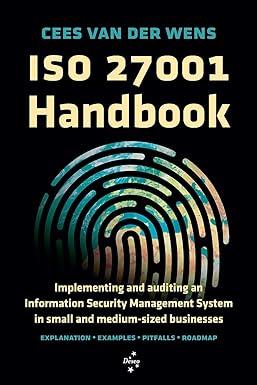Answered step by step
Verified Expert Solution
Question
1 Approved Answer
posted prior, answers were incorrect. thank you. SB (Static) The following information is... [The following information applies to the questions displayed below.] The following information
posted prior, answers were incorrect. thank you. 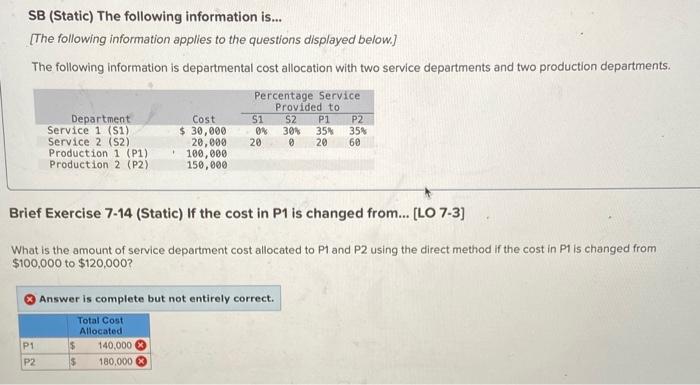
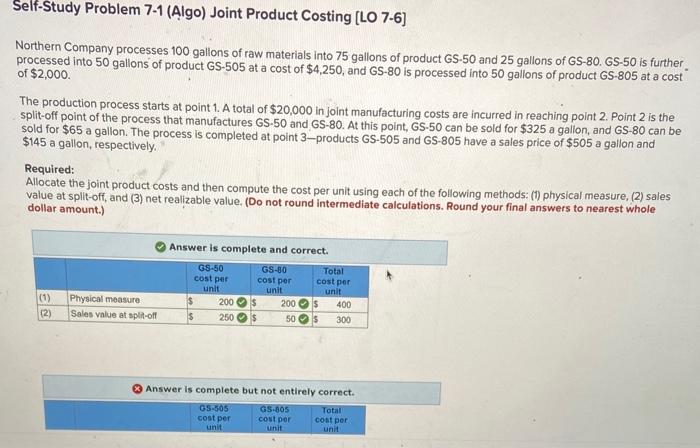
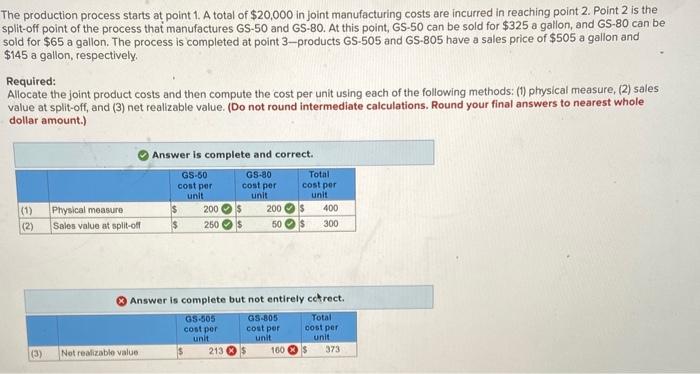
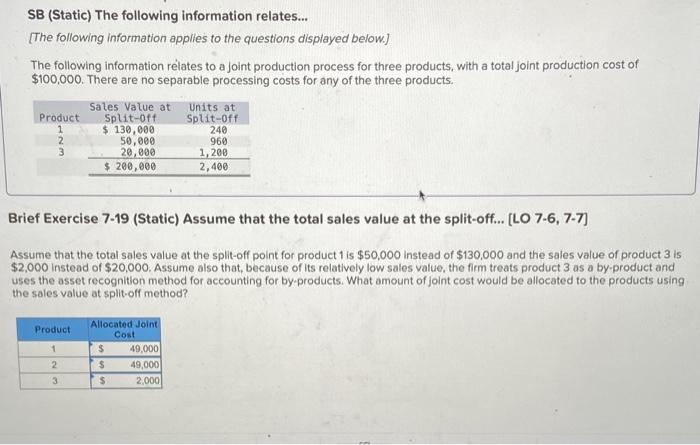
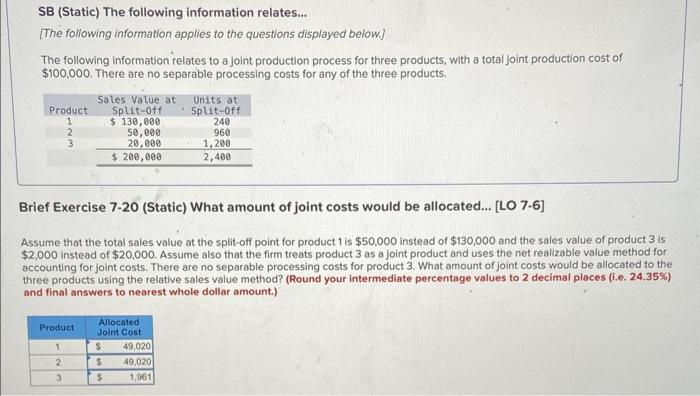
SB (Static) The following information is... [The following information applies to the questions displayed below.] The following information is departmental cost allocation with two service departments and two production departments. 3rief Exercise 7-14 (Static) If the cost in P1 is changed from... [LO 7-3] What is the amount of service department cost allocated to P1 and P2 using the direct method if the cost in P1 is changed from $100,000 to $120,000 ? Answer is complete but not entirely correct. Northern Company processes 100 galions of raw materials into 75 gallons of product GS-50 and 25 gallons of GS-80. GS-50 is further processed into 50 gallons of product GS-505 at a cost of $4,250, and GS-80 is processed into 50 gallons of product GS-805 at a cost of $2,000 The production process starts at point 1. A total of $20,000 in joint manufacturing costs are incurred in reaching point 2 . Point 2 is the split-off point of the process that manufactures GS-50 and GS-80. At this point, GS-50 can be sold for $325 a gallon, and GS-80 can be sold for $65 a gallon. The process is completed at point 3-products GS-505 and GS-805 have a sales price of $505 a gallon and $145 a gallon, respectively. Required: Allocate the joint product costs and then compute the cost per unit using each of the following methods: (1) physical measure, (2) sales value at split-off, and (3) net realizable value. (Do not round intermediate calculations. Round your final answers to nearest whole dollar amount.) Answer is complete but not entirely correct. The production process starts at point 1. A total of $20,000 in joint manufacturing costs are incurred in reaching point 2 . Point 2 is the split-off point of the process that manufactures GS-50 and GS-80. At this point, GS-50 can be sold for $325 a gallon, and GS-80 can be sold for $65 a gallon. The process is completed at point 3-products GS-505 and GS-805 have a sales price of $505 a gallon and $145 a gallon, respectively. Required: Allocate the joint product costs and then compute the cost per unit using each of the following methods: (1) physical measure, (2) sales value at split-off, and (3) net realizable value. (Do not round intermediate calculations. Round your final answers to nearest whole dollar amount.) Answer is complete but not entirely cotrect. SB (Static) The following information relates... [The following information applies to the questions displayed below.] The following information relates to a joint production process for three products, with a total joint production cost of $100,000. There are no separable processing costs for any of the three products. Brief Exercise 7-19 (Static) Assume that the total sales value at the split-off... [LO 7-6, 7-7] Assume that the total sales value at the split-off point for product 1 is $50,000 instead of $130,000 and the sales value of product 3 is $2,000 instead of $20,000. Assume also that, because of its relatively low sales value, the firm treats product 3 as a by-product and uses the asset recognition method for accounting for by-products. What amount of joint cost would be allocated to the products using the sales value at split-off method? SB (Static) The following information relates... [The following information applies to the questions displayed below.] The following information relates to a joint production process for three products, with a total joint production cost of $100,000. There are no separable processing costs for any of the three products. Brief Exercise 7-20 (Static) What amount of joint costs would be allocated... [LO 7-6] Assume that the total sales value at the split-off point for product 1 is $50,000 instead of $130,000 and the sales value of product 3 is $2,000 instead of $20,000. Assume also that the firm treats product 3 as a joint product and uses the net realizable value method for accounting for joint costs. There are no separable processing costs for product 3 . What amount of joint costs would be allocated to the three products using the relative sales value method? (Round your intermediate percentage values to 2 decimal places (i.e. 24.35% ) and final answers to nearest whole dollar amount.) 




Step by Step Solution
There are 3 Steps involved in it
Step: 1

Get Instant Access to Expert-Tailored Solutions
See step-by-step solutions with expert insights and AI powered tools for academic success
Step: 2

Step: 3

Ace Your Homework with AI
Get the answers you need in no time with our AI-driven, step-by-step assistance
Get Started


